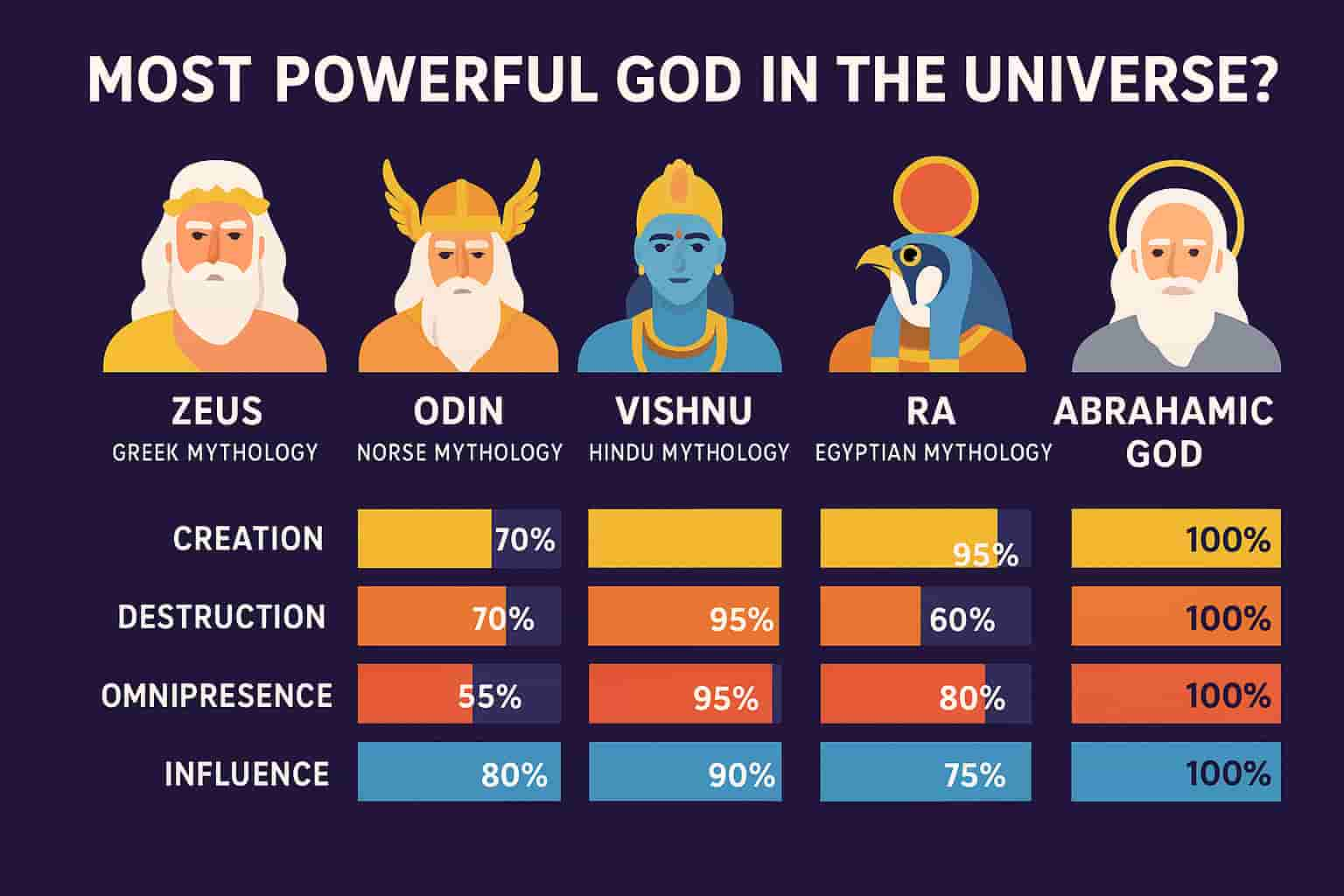
Why Ram Navami is Celebrated: Lord Rama’s Divine Birth Story
Every year, as the Hindu lunisolar calendar ushers in the spring month of Chaitra, millions of devotees across India and around the world prepare to celebrate Ram Navami—the sacred day that marks the birth of Lord Rama. But why do we celebrate this festival, and what is the story behind it? Let’s journey back through ancient scriptures and traditions to uncover the rich history and enduring significance of Ram Navami.
The Divine Birth of Lord Rama
The Royal Dilemma and Sacred Sacrifice
In the ancient city of Ayodhya, ruled by King Dasharatha, the kingdom thrived—but the king faced a deep personal sorrow. Despite his great power and the love he shared with his three wives, he remained without an heir. Seeking to fulfill his duty as a king and secure the future of his kingdom, King Dasharatha performed the Putra Kamesti Yagna, a sacred fire ritual designed to invoke the blessings of the gods for the birth of a son.
Miraculous Blessings
The ritual bore fruit when a celestial being emerged from the sacrificial fire carrying a bowl filled with a divine concoction of rice and milk. Following the sage’s instructions, Dasharatha distributed this blessed food among his wives:
-
Queen Kaushalya consumed her portion and gave birth to Lord Rama,
-
Queen Sumitra bore twins, Lakshmana and Shatrughna,
-
Queen Kaikeyi gave birth to Bharata.
Thus, the long-awaited miracle was achieved, and the birth of Lord Rama, who is considered the seventh avatar of Vishnu, was celebrated with great joy.
The Significance of Lord Rama’s Life
The Ideal Man – Maryada Purushottam
Lord Rama is revered not only for his divine origin but also for the exemplary life he led. Known as Maryada Purushottam—the ideal man—Rama’s life is a beacon of virtue and dharma (righteousness). His unwavering commitment to truth, duty, and moral integrity has made him a role model for generations. Through his actions and choices, Rama taught the following:
-
Duty Over Personal Desires: Even when faced with the hardship of exile, he accepted his destiny without complaint.
-
Moral Integrity: His decisions, even in the midst of personal loss and adversity, reflected a deep commitment to justice and truth.
-
Compassion and Devotion: His love for his family, his empathy towards his subjects, and his loyalty to his principles remain timeless lessons for humanity.
The Eternal Battle: Good Versus Evil
The story of Rama does not end with his birth. His life narrative, as chronicled in the epic Ramayana, is filled with trials that test his virtues:
-
Exile and Hardship: Rama willingly accepted exile, underscoring the importance of duty and sacrifice.
-
The Abduction of Sita: When the demon king Ravana abducted his beloved wife Sita, it set the stage for an epic battle between good and evil.
-
Victory Over Ravana: Rama’s eventual victory over Ravana symbolizes the triumph of righteousness over vice, a message that continues to resonate with millions today.
The celebration of Ram Navami is thus a reminder of these enduring values and the eternal struggle between good and evil.
Celebrating Ram Navami: Rituals and Traditions
Traditional Observances
On Ram Navami, devotees across the country engage in a variety of rituals:
-
Puja and Decorated Altars: Homes and temples are cleaned and decorated with flowers, lights, and images of Lord Rama. Special pujas are performed to invoke his blessings.
-
Fasting (Vrat): Many observe a fast on this day to purify the body and mind, often breaking the fast with prasad (sacred food) after the rituals.
-
Recitation of the Ramayana: Families and communities come together to read or listen to the Ramayana, reliving the divine narrative of Rama’s life.
-
Processions and Rath Yatras: In Ayodhya and other significant centers, grand chariot processions take place, carrying idols of Rama, Sita, Lakshmana, and Hanuman through the streets.
Regional Flavors and Global Celebrations
From the sacred banks of the Sarayu River in Ayodhya to vibrant temple festivities in South India, Ram Navami is celebrated with regional variations that reflect local customs and traditions. Even the global Hindu diaspora has embraced modern methods—such as live-streamed pujas and digital Ramayana recitations—ensuring that the legacy of Lord Rama is kept alive across continents.
The Timeless Message of Ram Navami
Ram Navami is not just a remembrance of an ancient event; it is a living tradition that invites us to introspect and align our lives with the virtues of Lord Rama. His story teaches us that:
-
True strength lies in righteousness, not in power alone.
-
Duty and sacrifice are the cornerstones of a harmonious society.
-
Even in the face of great adversity, the path of truth will always lead to victory.
For those who celebrate, the festival is a day of spiritual renewal—a time to recommit to the principles of dharma and to seek the blessings of a deity who embodies the best of humanity.
Final Reflections
Ram Navami encapsulates a timeless celebration of divine intervention, moral fortitude, and the perpetual quest for truth. By revisiting the ancient story of Lord Rama’s miraculous birth and his exemplary life, we are reminded that every individual has the potential to walk the path of dharma. This festival is a call to rise above personal challenges, embodying virtues that lead to a more just, compassionate, and harmonious world.
May this Ram Navami fill your heart with the light of knowledge and the strength to uphold truth in every step of your journey. Jai Shri Ram!
Feel free to share your experiences or ask questions in the comments below.



